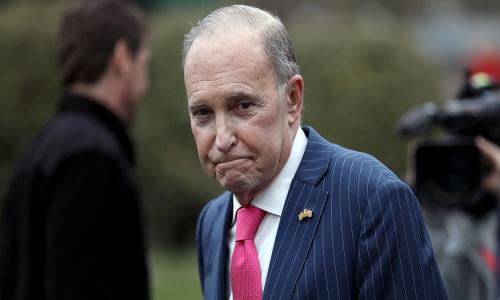The US Treasury has never defaulted on its debt obligations in its history, and it is ordinarily considered extremely unlikely to do so. The US government has a high credit rating and is considered a safe haven for investors worldwide.
However, the US government has come close to defaulting on its debt obligations when it hit the debt ceiling, the legal limit on how much debt the US government can issue, before. In fact, in 2011, just after the Tea Party Republicans took over control of the House of Representatives, they faced offer against President Obama and demanded deficit reduction measures in return for raising the debt ceiling, leading to tremendous volatility in global financial markets. The debt ceiling was eventually raised by Congress that time (and 77 other times in US history), and default was avoided.
Following Congressional action in 2021, the US debt ceiling was raised to $31 trillion. In January 2023, Treasury Secretary Janet Yellen indicated that the government now faces a near term inability to fund itself should the debt limit not be raised again. Hence, today again, the government faces the possibility of default should it fails to raise the debt ceiling.
When Yellen announced that the government had reached the debt ceiling, she indicated that the government would begin taking extraordinary measures that would likely delay the possibility of a default until Q3 2023. However, recent commentary, including this article in Bloomberg suggests that a default could actually come earlier than Q3.
This time – more than any previous time that the debt ceiling has been breached, including 2011 - the US is severely divided. A Republican Congress is now controlled by rogue members who are unable understand the consequences of even a short technical default.
If the debt ceiling is not raised, the government could run out of money and be unable to pay its bills, including debt payments. Even a short-term default that is remediated after a few days could trigger all sorts of follow-on consequences worldwide. And, the erosion in trust in the US government would trigger a sudden and indefinite loss of confidence in the US government's ability to meet its debt obligations, weighing on the US and global economy for some time.
With interest rates rising to levels not seen since 2007, it is unclear whether we are already beginning to see some market anxiety that may be responding to the risk of a US Treasury default. Treasury related products that are not directly issued by the US Treasury, such as the I-Shares Short Treasury Bond ETF (SHV), have been inundated with deposits from institutional investors and have yields below the 4-week US Treasury, something which may have never happened before.
While we are still probably not yet seeing Treasury pricing that reflects a real risk of actual US Treasury default is materializing, it makes sense to use some caution and keep some cash in high yielding online savings accounts and short-term CDs, even though the entire financial system will come under pressure if the event of a default lasting more than a few days.














Add your Comment
or use your BestCashCow account